Open water breathing or freestyle breathing needs perfect coordination. The article deals with breathing and coordination in open water.
Breathing is like the steering wheel for you in the open waters. Not only in the water bodies or while swimming but also on dry land, improper breathing may lead to unconsciousness. Bad breathing leads to lack of oxygen in your blood called hypoxia.
The human circulatory system requires the right amount of oxygen to including heart and the lungs. If hypoxia affects the muscles, it might cause cramps and inflammatory lesions. All swimming levels will require you to coordinate your breathing technique.
Freestyle breathing is also called the front crawl stroke. In this stroke cycle, your head is submerged under the water for the most part. And in order to breathe in, you will have to roll your body and coordinate your air intake with your arm movements.
There are two main breathing patterns: unilateral breathing and bilateral breathing. These techniques are quite necessary for any swimmer and will take time to hone for beginners. The key is practice, practice and more practice.
- Unilateral Breathing:
It means breathing on one side after every stroke. It is useful for short-range swimming and provides you with a large amount of oxygen. However, this pattern if embraced can lead to asymmetrical swimming which results in inefficient swimming and other injuries like the swimmer’s shoulder.
This one – side breathing tires out one side of the body and may not be convenient for beginners. In this pattern, you breathe when your arm comes out of the water after every stroke. To get over its cons, you have to keep your head up longer.
The solution is to avoid holding your breath because this will build up the pressure in lungs. Instead, you should try exhaling air through the mouth while you face downwards in water. To balance out, roll your body first and then breathe in.
You may consider using a nose clipper to avoid breathing through your nose. Avoid kicking your legs harder to build up the balance. Rest your head while inhaling instead of lifting your head out which might require your neck to be flexible.
- Bilateral Breathing:
It means breathing on both sides. This pattern results in more balanced strokes. It is the best breathing pattern for open waters where you need to look for navigation marks and prevent yourself from the waves rushing into your mouth.
The basics of open water swimming are to inhale air from your mouth and exhale when you face downwards. Always keep your head movements small and fast because it leads to faster swimming. Bilateral breathing involves breathing after every third arm stroke.
Here you change your breathing side. You need to work on shoulders and neck’s flexibility. For this, you may need to opt for stretching exercises since one side of the neck is always numb due to sleeping position. The 3 steps to achieve this breathing pattern are:
- Rotate your head as soon as you push the opposite hand.
- Roll your hips in the same direction.
- As you pull your arm, start breathing.
- Breathe to your right side on one stroke and left on the other stroke.
Breathing technique in the front crawl stroke:
- Roll more on your side while arming recovery with breathing in order to clear water.
- Start inhaling at the end of the arm stroke.
- Roll downwards your shoulder and the recovering part of the body.
- Roll upward the rest of the body i.e. face will be inside water.
- Instantly, start exhaling once the face is underwater.
- Then roll on your side to inhale.
Conclusion: Relaxed breathing and the swim rhythm define you in the open water. Breathing plays a key role in your swimming technique, buoyancy and balance.


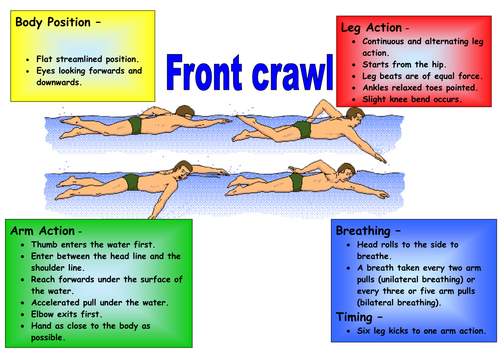
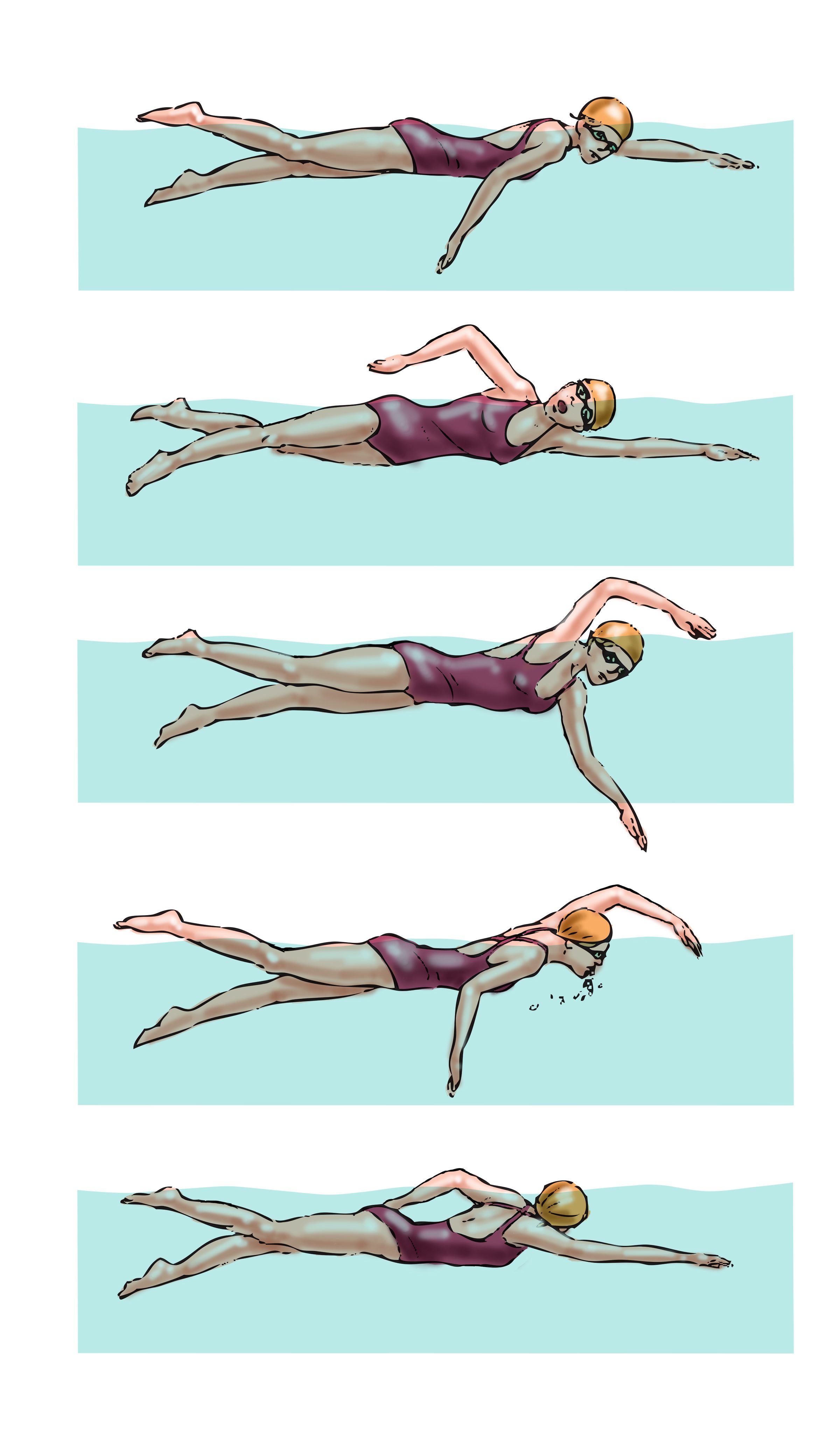
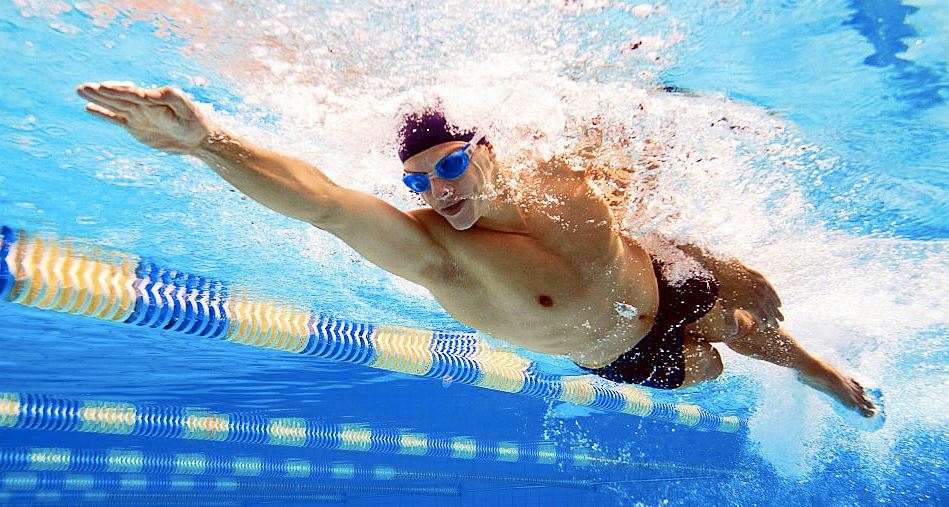
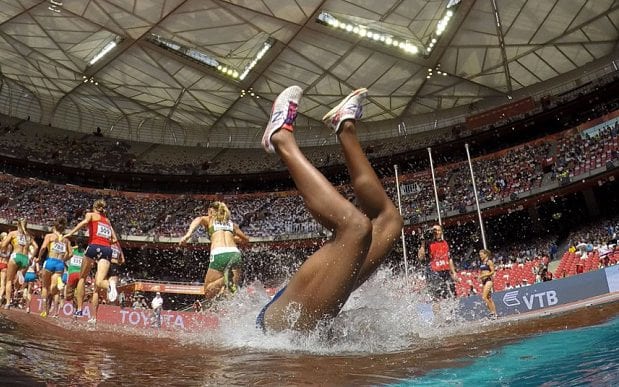
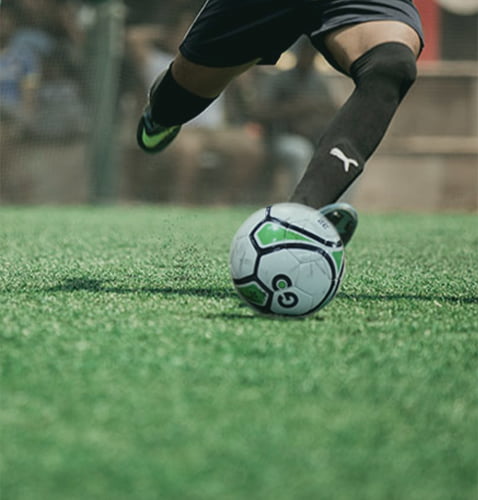
0 Comments